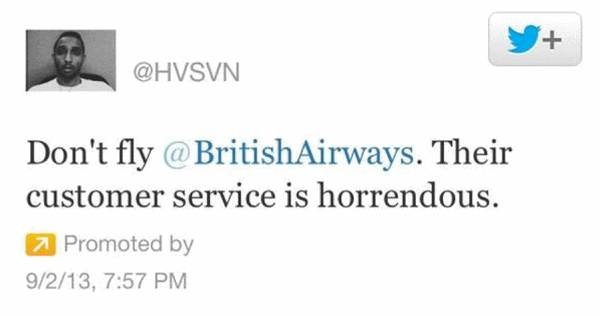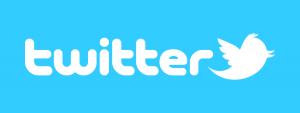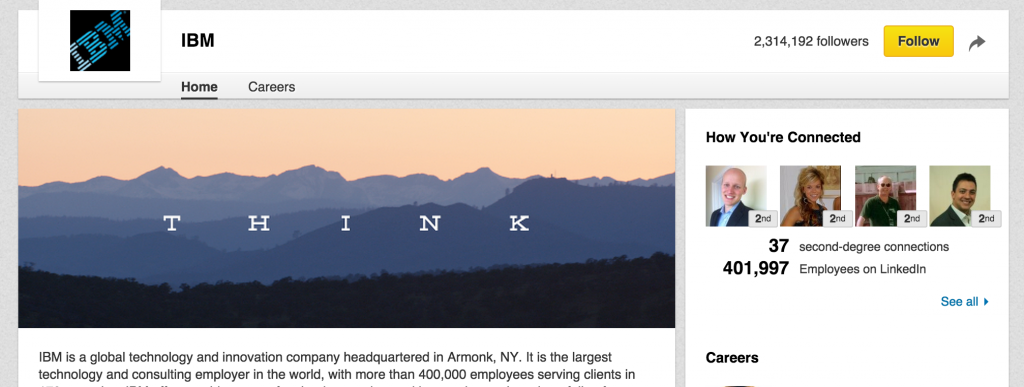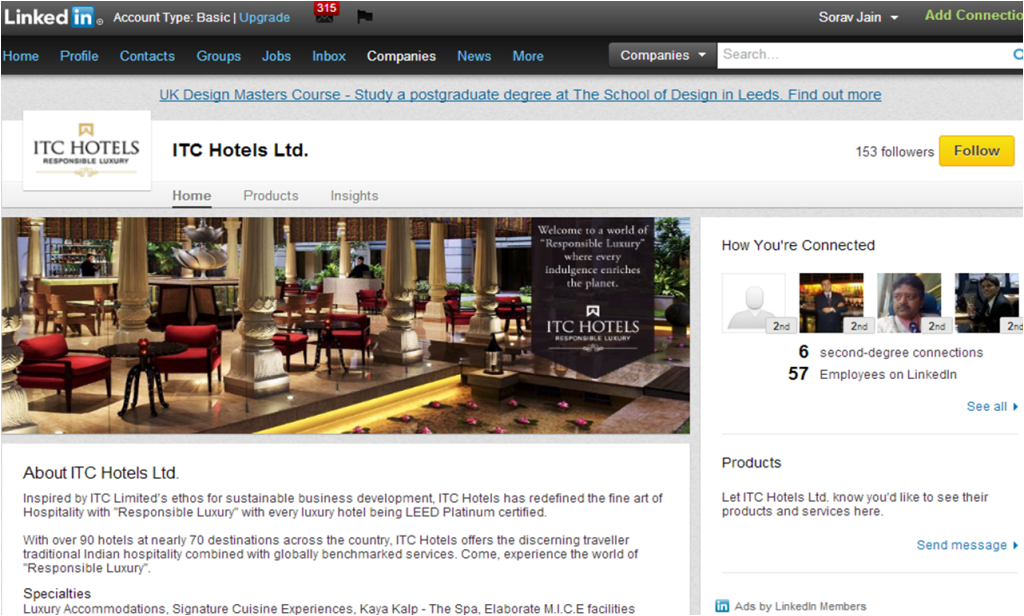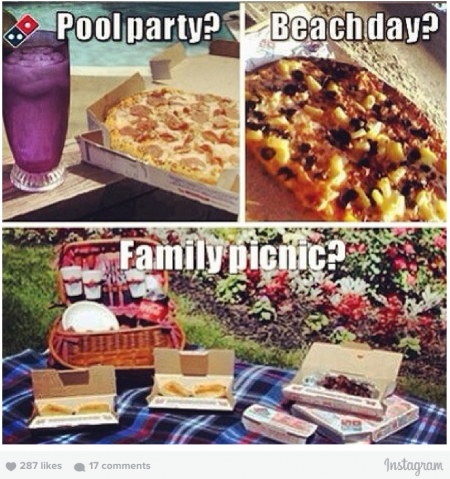So, what’s all the buzz about this social network platform which limits posts to 140-characters? Surely, with other options such as Facebook and Google+, the thought of having to conjure such concise posts may seem a hassle, or unnecessary? It would appear this isn’t the case at all, as Twitter has been hailed ‘a brilliant tool for communicating with consumers’ (Moth, 2013). With approximately 58 million tweets are sent per day, Twitter can be accessed through a website interface or a mobile app, in addition to tweets being sent and received via SMS. When looking at digital marketing strategies, it is important to note that the tools for communicating with customers have changed rather significantly with the emergence of the phenomenon known as social media, sometimes referred to as consumer-generated-media (Mangold & Faulds, 2009).
Starbucks
Boasting 101,000 followers, Starbucks have an air of professionalism surrounding their Twitter, whilst at the same time remaining cool (in both senses of the word), calm, and collected. Not only do they market their products with ease, they also promote goodwill and can often be seen offering customers free drinks, with the reward being the support of a good cause. As if that wasn’t enough, Starbucks are masters of the #hashtag, using them consistently and authentically. A clever social marketing strategy that is only gaining more and more momentum.
ASOS
With 838,000 followers, ASOS run a highly popular Twitter account. Tapping into their target audience, they can often be seen using acronyms such as #FOMO – or ‘Fear Of Missing Out’. Not only that, but they’re using them in such a way to promote important causes and events. Much like Starbucks, ASOS can often be seen offering the chance to win competitions. An appealing tweet to see by anyone’s standards, I’m sure.
Innocent Drinks
Innocent perfectly markets itself with humour to its 207,000 loyal followers. Let’s be honest, they’re just tweeting what we’re all thinking, right? Innocent manage to create a seamless rapport with their followers by being personable, articulate, and just very, very funny. Perhaps not the greatest strategy for say, the likes of Burberry or Harrods, but nevertheless this strategy hits the nail right on the head when it comes to pitching their products and creating a following. Innocent also communicate with their audience on a regular basis, often re-tweeting, liking, and replying to tweets. Not only does this build a brand-consumer relationship, it also keeps the brands image present.
Now for the bad…
British Airways
As the flag courier of the UK, you would assume British Airways would be on top of their game when it comes to social media marketing, especially in the customer service department. Unfortunately, (albeit back in 2013), they were not. This Twitter user contacted them on the 2nd September, only to hear no response until the 3rd. Granted, only a day later, but such is the fast-paced life of Twitter where customers expect instantaneous responses. With 654,000 followers, you would expect fast(er) responses, as Easyjet often demonstrate.
Kellogg’s
Quite honestly, just dull. Thankfully, it would seem that Kellogg’s have revamped their social media strategy since the tweets below and now have a far better rate of engagement with their followers, and perhaps most important, exciting tweets that people may wish to read and go on to like, retweet, or respond to.
Now we’ve considered the good, the bad, and the ugly, let’s take a look at the strategies you could adopt to ensure your business is at the top of that list.
1. Use Twitter to build your brand
Google’s Matt Cutts’ believes this shouldn’t be about building links, but instead building your audience. Twitter provides the opportunity to get your brand out into a greater social conversation, but this isn’t a responsibility to be taken lightly. You must consider your activity when building your brand:
- Vet the content you share for quality
- Is your Twitter handle and basic profile compliant with your brand’s visual image
- Are you ‘injecting personality, perspective, and insight’ into your tweets? (DeMers, 2014)
- Have you created a branded hashtag? / Are you using hashtags to highlight campaigns? (E.g. Domino’s Pizza UK have enjoyed success with their #letsdolunch hashtag, which sees the price of pizza dropped by 1 pence each time someone uses it. After 85,000 tweets, the price dropped from £15.99 to £7.74) A warning for hashtags – if you exceed two hashtags in a tweet, your chances of engagement drop by 17% (Pindoriya, 2014).
2. Integrate visual content
If your Twitter is dull and lifeless, you won’t enjoy and high follower count, nor will people be engaged by your tweets. In order to create a buzz, you must consciously include visual and video content, perhaps even using cross-platform promotion with others such as Instagram, Pinterest and Facebook.
Jason DeMers, columnist for Huffington Post, suggests the following:
- Choose compelling images
- Use individual photos to communicate your brand
- Increase interactivity by using Twitter as a platform to showcase your video content
- Connect your infographics to the larger industry social conversation
As tweets including images are 94% more likely to be shared than those without, it is vital that you consider the above in order to allow your brand image to travel further within the Twitter platform. (Zarella, 2013).
3. Engage your audience
A brand may have an astronomical number of followers, yet their actual engagement is surprisingly low. The two don’t always go hand in hand; you must work effectively to engage your audience, as they don’t just come to you. A high level of organic engagement is a good indication that your strategy is effective.
Gary Vaynerchuk, legendary marketer, is a Twitter engagement whiz; checking social feeds and responding to questions. There are a few things that you can actively do to gauge your audience’s engagement:
- The more interested your audience are, the more retweets, comments, and likes your content will receive. However, we should note that only 22% of engagement with tweets are replies, with 78% being retweets (Pindoriya, 2014).
- If people are leaving comments on your content or asking questions, this is indicative of a good brand-image, as your presence is naturally cultivating interaction opportunities.
4. Provide exclusivity
People like to feel as though they will gain something from following your brand. This can be achieved by offering information, products, or special deals they are available exclusively to those consumers who engage with your brand on social media (Mangold & Faulds, 2009) offering an incentive for people to follow and increase engagement. For example, Roadrunner Records allows online participants to subscribe to weekly e-newsletters and to pre-order albums.
And what about followers?
Social media is perceived by consumers as a trustworthy source of information when looking at products and services, in fact, more so than corporate-sponsored communications transmitted via the more traditional elements (Foux, 2006). More frequently, consumers are now turning to various types of social media in order to conduct their searches and make decisions regarding purchases (Lempert, 2006; Vollmer & Precourt, 2008). So, to answer our original question, it would appear that yes, Twitter is an effective platform for the 21st Century business, and by implementing the above your business could benefit from the success of brands such as Starbucks and ASOS.
References:
Cutts, M. Gadgets, Google, and SEO. [Online] Available at: https://www.mattcutts.com/blog/guest-blogging/ [Accessed 23 April 2015].
DeMers, J. How To Build A Winning Twitter Strategy in 2014. [Online] Available at: http://www.forbes.com/sites/jaysondemers/2014/04/01/how-to-build-a-winning-twitter-strategy-in-2014/[Accessed 23 April 2015].
Foux, G. (2006, May 8). Consumer-generated media: Get your customers involved. Brand Strategy, 38—39.
Lempert, P. (2006). Caught in the Web. Progressive Grocer, 85 (12), 18.
Mangold, W. G., & Faulds, D. J. (2009). Social media: The new hybrid element of the promotion mix. Business horizons, 52(4), 357-365.
Moth, D. Five good and four bad examples of brands using Twitter. [Online] Available at: https://econsultancy.com/blog/62639-five-good-and-four-bad-examples-of-brands-using-twitter/ [Accessed 23 April 2015].
Pindoriya, V. How To Effectively Use Hashtags For Maximum Engagement. [Online] Available at: http://www.business2community.com/social-media/effectively-use-hashtags-maximum-engagement-0960602 [Accessed 23 April 2015].
Schiff, J. 14 Ways to Use Twitter to Market Your Business. [Online] Available at: http://www.cio.com/article/2380667/twitter/14-ways-to-use-twitter-to-market-your-business.html [Accessed 23 April 2015].
Smiley, M. Microsoft adds aired during shows with social buzz saw five times more Twitter mentions than less social shows. [Online] Available at: http://www.thedrum.com/news/2015/04/20/microsoft-ads-aired-during-shows-social-buzz-saw-five-times-more-twitter-mentions [Accessed 23 April 2015].
Vollmer, C., & Precourt, G. (2008). Always on: Advertising,marketing, and media in an era of consumer control. NewYork: McGraw-Hill.
Zarella, D. Use Images on Twitter to Get More ReTweets. [Online] Available at: http://danzarrella.com/use-images-on-twitter-to-get-more-retweets.html [Accessed 23 April 2015].





